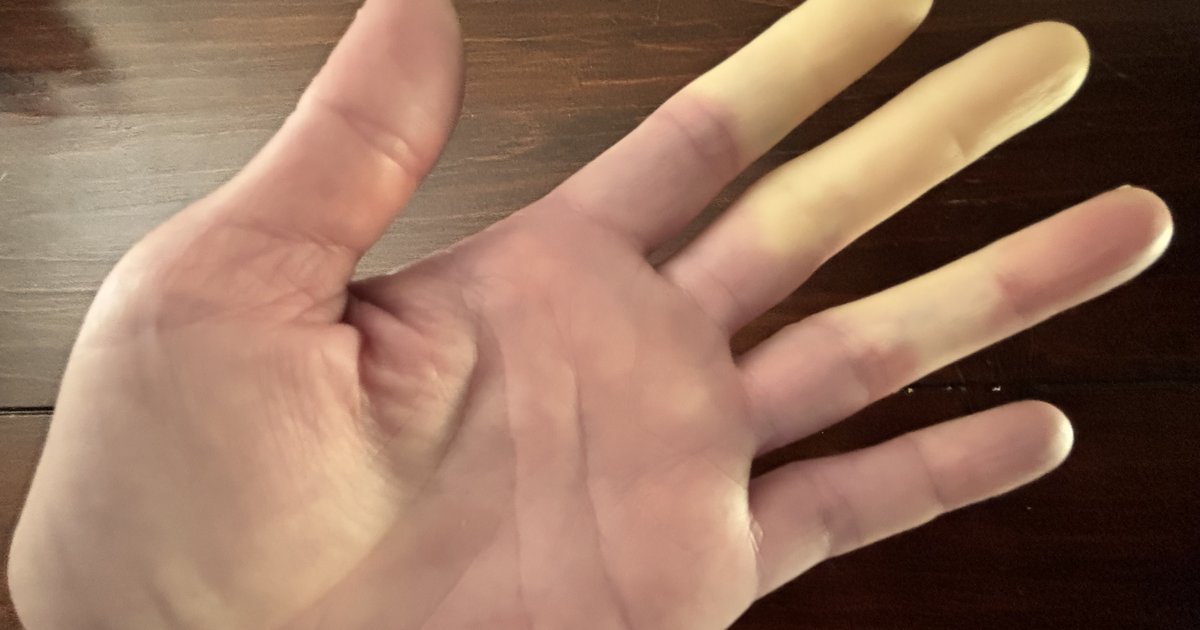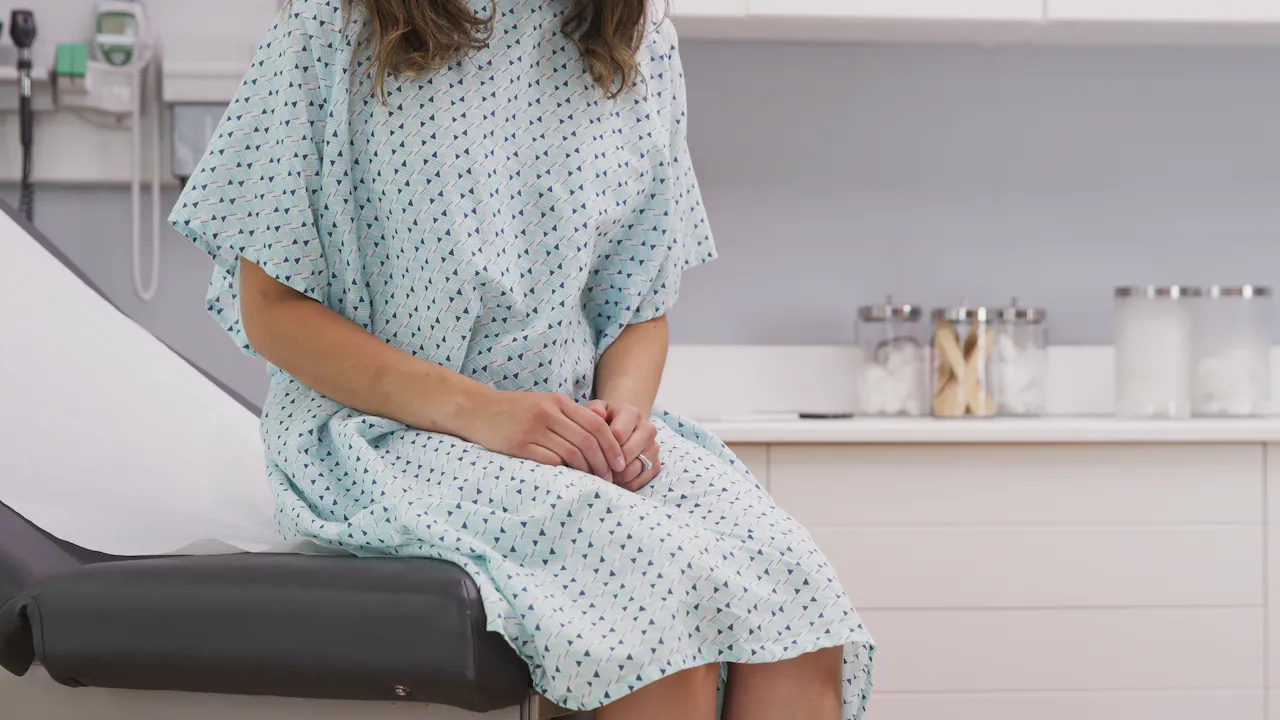Copyright phillyvoice

My parents put me on a bus to ski school every winter weekend for several years during my childhood in the Pacific Northwest. I hated everything about it, including the fact that my fingers and toes lost feeling as I sat in the cold on the chairlift. Also, being anxious – afraid of heights and staring way down at the snow below — did not improve my blood flow. I have Raynaud's syndrome, also called Raynaud's disease, a condition that causes the capillaries in the extremities to constrict during exposure to cold or other triggers, such as stress. During a Raynaud's attack, all the color drains from my fingers and sometimes from my toes. Then my pale finger tips turn purple and blue and eventually red as the blood rushes back in, along with excruciating pain. Sometimes, it hurts so much I dance around shaking my hands until I can breathe again. Earlier this year, a runner and coach with Raynaud's told SELF that the blood flowing back into her fingers makes it feel "like they're being smashed in a door." In a sadistic twist, Raynaud's does not confine its affliction to cold weather. My symptoms often strike on hot, humid days after I've been on a run, gone straight back into the air-conditioned house without warming down, and glugged a tall glass of ice-water. (See photo of my fingers in August, after a run on an 85-degree day.) What is Raynaud's and what causes it? Raynaud's syndrome gets its name from Auguste Gabriel Maurice Raynaud, the French doctor who was the first person to describe the disease in an 1862 paper. More than 150 years later, what causes Raynaud's is still somewhat of a mystery. Women are more likely to have Raynaud's than men – though my father had it, which tracks since the syndrome can run in families. Raynaud's is also supposed to be rare, affecting between 3% and 5% of adults. But I've found that when I talk about my Raynaud's, other people often chime in, "Oh, I have that, too." For instance, when I pitched this story to my editor, another colleague said she developed Raynaud's in her 20s, first noticing the symptoms when she was hanging out on a friend's roof deck last winter. Most people with the syndrome have primary Raynaud's, which is not associated with any other health condition and usually develops before age 30. But Raynaud's can worsen over time as blood vessels thicken and further restrict blood flow, the Mayo Clinic says. Secondary Raynaud's, also called Raynaud's phenomenon, results from another health condition and can be more serious. Carpal tunnel syndrome, injuries, smoking, high blood pressure and autoimmune disorders may cause Secondary Raynaud's. Secondary Raynaud's can cause ulcers or blisters on the skin and may put people at risk of losing limbs, Johns Hopkins Medicine says. Coping with Raynaud's To try to alleviate my misery while skiing, my mom bought me mountaineering-grade mittens, making it hard to hold my ski poles and making me the punchline of many jokes. My parents also filled my parka pockets with hand warmers to use throughout the day. These tactics were fairly effective, but they did not address the numbness in my boot-encased toes on chairlift rides, or the throbbing in my feet as they warmed up in the lodge. Through the years, I've learned to wear mittens when I run in the cold. My fingers stay warmer in mittens, which hold them together, rather than in gloves, which separate them. When exercising in the cold, I've found it helps to keep up my core temperature by wearing a hat and layers I can strip off and then put back on after I work out. Taking a warm shower straight after I run mitigates Raynaud's attacks that sometimes hit as I cool down. But the most expedient way to deal with my Raynaud's symptoms, I've found, is to run my hands and feet under warm water until the feeling gradually comes back. I've learned the hard way to avoid piping hot water, realizing too late that I've scalded my numb fingers as the blood comes screaming back. People who experience extreme Raynaud's symptoms may want to talk to their health care providers about taking blood pressure medication during winter. These medications can reduce blood vessel constriction. People with Secondary Raynaud's may get some symptom relief by addressing the related health issues. People should seek medical attention if Raynaud's symptoms worsen over time or if new symptoms develop, Johns Hopkins Medicine says.



